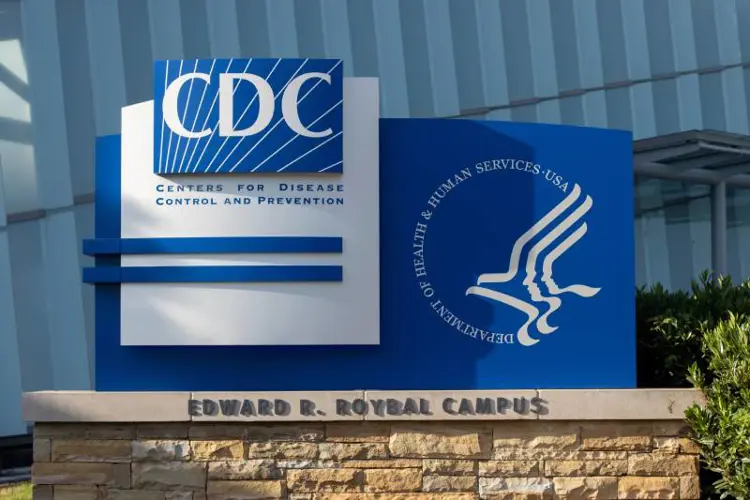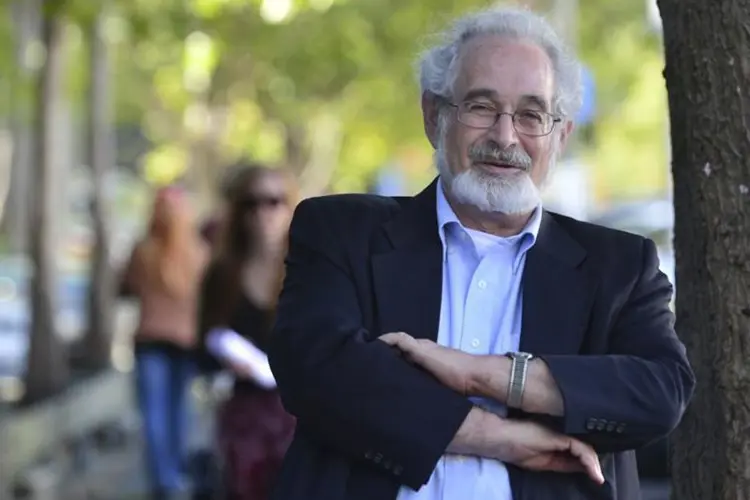A new report from the Centers for Disease Control and Prevention (CDC) shows that vaping has replaced cigarette smoking for millions of Americans since 2017. However, the CDC has chosen to ignore the massive health benefits provided by vaping for smokers who switch, and instead conflate all "tobacco use."
The CDC Morbidity and Mortality Weekly Report (MMWR) released March 6 provides the facts, but the agency continues to create doubt among people who smoke about whether switching would be a positive change.
The agency continues to describe vapes as “tobacco products,” and claim that “tobacco use is the leading cause of preventable death in the United States.” But it is combustible tobacco—and specifically cigarettes—that cause nearly all “tobacco” death and disease. Non-combusted products, including e-cigarettes and smokeless tobacco, cause few if any health impacts.
Vaping gains, smoking losses: 7.2 million more vapers, 6.8 million fewer smokers
The CDC report compares use of vapes and various tobacco products from 2017 to 2023, based on the agency’s annual National Health Interview Survey (NHIS). Use of each product and some combinations are broken down by age groups.
From 2017 to 2023, population prevalence of exclusive cigarette smoking fell 27%—from 10.8% to 7.9%. In population terms, that means a decline from 26.6 million exclusive cigarette smokers to 19.8 million.
Did 6.8 million cigarette smokers quit smoking cold turkey, or did they switch to other products?
Exclusive use of other forms of combustible and non-combustible tobacco either rose or fell at insignificant rates: cigar use was up from 1.9% to 2.0%, pipe use was down from 0.4% to 0.3%, and smokeless tobacco use was up from 1.3% to 1.4%. But none of those small changes contributed significantly to the massive decline in exclusive cigarette smoking.
Vaping is another story. From 2017 to 2023, exclusive vaping among adults increased from 1.2% prevalence to 4.1%—or from 2.9 million users to 10.1 million. The smoking decline almost perfectly aligns with the vaping increase.
More young people vape than smoke, but vaping increased in every age group
We’ve known at least since the 2018 Gallup Poll that vaping has overtaken smoking among Americans under age 30. The NHIS data confirms that, and shows just how thoroughly vaping has displaced smoking among adults under 25.
Among 18- to 24-year-olds, exclusive cigarette use dropped from a population prevalence of 6.5% in 2017 to 1.2% in 2023. Exclusive vaping increased during the same period from 2.7% to 10.%. Fewer than 1-in-80 adults under age 25 now exclusively smoke cigarettes.
The gains among older age groups are less dramatic, but even more encouraging. For perhaps the first time, Americans over 30 are using vapes to quit smoking at a significant rate.
Among those aged 25-44, exclusive smoking fell from 12.0% to 7.6%. Exclusive vaping among that same group climbed from 1.5% to an impressive 6.1%—an increase of over 400% in the vaping population for that age group.
Among 45- to 64-year-olds, the population that exclusively smoked fell from 13.2% to 11.2%, while the vaping group climbed from 0.8% to 2.0%. Among those aged 65 and older, exclusive cigarette smokers increased from 1.1% of the population to 1.5%, but the vaping group also doubled, from 0.3% to 0.6%.
In the last two age groups, the gains are not as eye-popping, but bear in mind that during the early years of vaping, older Americans almost entirely rejected vaping.
From 2017 to 2023, the portion of the population that exclusively vaped climbed among every age group.
The CDC refuses to acknowledge the obvious
CDC scientists continue to downplay the benefits of vaping for people who smoke, and this paper includes more of the typical obfuscation about non-combustible nicotine use. The MMWR authors bemoan use of all “tobacco products,” as though all are equally hazardous.
“During 2017–2023, the approximate 6.8 million-person decrease in the number of adults who currently exclusively smoke cigarettes was offset by an approximate 7.2 million-person increase in the number who currently exclusively use e-cigarettes,” says the paper’s summary.
The implication of “offset” is that the growth of vaping has cancelled out what might have been a major health dividend, and that former smokers haven’t dramatically improved their health immediately—and reduced their long-term health risks—by switching from cigarettes to vapes.
“Cigarette smoking among U.S. adults has declined from 42.4% in 1965 to 11.6% in 2022,” they write in the paper’s opening line, “however, tobacco use remains the leading cause of preventable death.”
No, that's wrong. Smoking is the leading cause of preventable death, and the CDC’s refusal to clearly explain the difference between smoking and not smoking endangers the lives of almost 20 million Americans who continue to smoke cigarettes.
The Freemax REXA PRO and REXA SMART are highly advanced pod vapes, offering seemingly endless features, beautiful touchscreens, and new DUOMAX pods.
The OXVA XLIM Pro 2 DNA is powered by a custom-made Evolv DNA chipset, offering a Replay function and dry hit protection. Read our review to find out more.
The SKE Bar is a 2 mL replaceable pod vape with a 500 mAh battery, a 1.2-ohm mesh coil, and 35 flavors to choose from in 2% nicotine.
Because of declining cigarette sales, state governments in the U.S. and countries around the world are looking to vapor products as a new source of tax revenue.
The legal age to buy e-cigarettes and other vaping products varies around the world. The United States recently changed the legal minimum sales age to 21.
A list of vaping product flavor bans and online sales bans in the United States, and sales and possession bans in other countries.


















